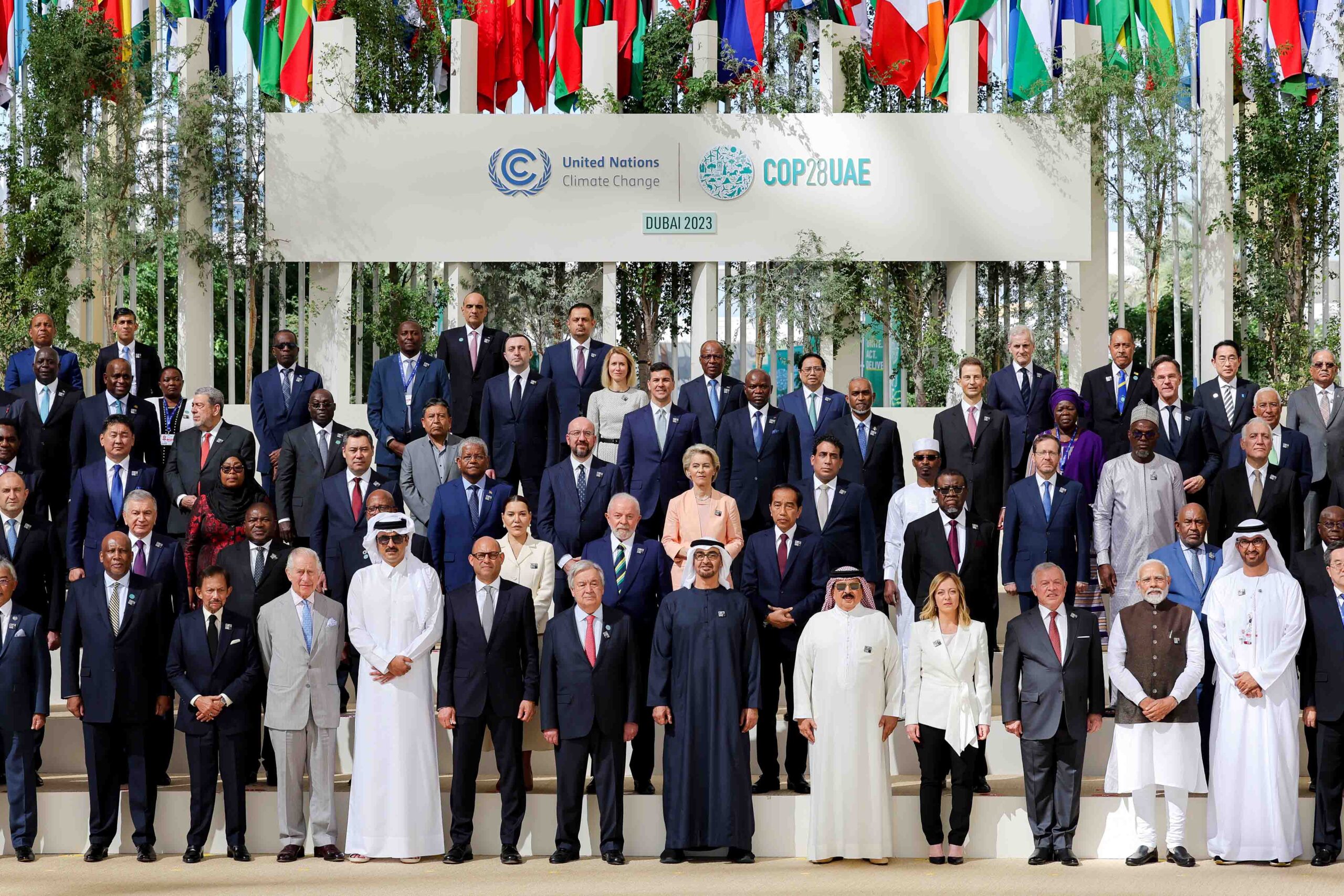World leaders convened in Geneva this week for an emergency climate summit aimed at addressing the accelerating threats of global warming. The summit was organized after a series of devastating floods, wildfires, and heatwaves underscored the urgency of the crisis. Leaders from more than 100 nations pledged to fast-track measures to reduce greenhouse gas emissions, transition to renewable energy, and fund climate resilience projects in vulnerable regions.
UN Secretary-General António Guterres opened the summit with a stark warning that the world is running out of time to prevent irreversible damage. He called for unprecedented global cooperation to protect both people and the planet.
Key Agreements Reached
One of the most significant outcomes was a joint pledge by developed nations to double funding for climate adaptation in low-income countries. This includes investments in infrastructure, sustainable agriculture, and disaster response systems. Renewable energy was also at the forefront of discussions, with major powers agreeing to accelerate the phase-out of coal and expand wind, solar, and nuclear energy projects.
In addition, the summit established a global monitoring framework to ensure countries meet their carbon reduction targets, with penalties for non-compliance being considered for future enforcement.
Business and Technology Commitments
Alongside political leaders, CEOs of multinational corporations and tech innovators announced new initiatives to combat climate change. Several companies committed to achieving net-zero emissions by 2035, while technology firms pledged to invest in carbon capture, green hydrogen, and smart grid systems.
Experts noted that the involvement of the private sector was crucial, as businesses play a central role in driving innovation and reducing global emissions.
Protests and Public Pressure
Outside the summit, thousands of activists staged demonstrations demanding more aggressive action. Environmental groups criticized world leaders for years of unfulfilled promises, warning that incremental changes are no longer sufficient. Youth-led movements, in particular, amplified calls for systemic change and accountability.
Analysts say public pressure has been instrumental in pushing governments toward more ambitious climate goals, with protests becoming a defining feature of international climate events.
Global Challenges Ahead
Despite the summit’s progress, challenges remain. Emerging economies argue that they need more time and support to transition away from fossil fuels, citing concerns over energy security and economic growth. Meanwhile, geopolitical tensions between major powers threaten to slow global cooperation.
Climate scientists stress that even with the new pledges, the world is still not on track to limit warming to 1.5°C above pre-industrial levels. Without drastic emissions cuts, extreme weather events are expected to intensify in the coming decades.
FAQs
Why was the climate summit held in Geneva?
The summit was convened in Geneva to urgently address escalating climate disasters and push for stronger international commitments.
What key agreements came from the summit?
Nations pledged to double adaptation funding for vulnerable regions, expand renewable energy projects, and monitor carbon reduction targets.
How are businesses involved in climate action?
Companies pledged investments in carbon capture, renewable energy, and net-zero strategies to complement government efforts.
What role did public protests play?
Activists demanded stronger action, with youth-led movements adding pressure on governments to deliver meaningful climate solutions.
What challenges remain after the summit?
Energy security concerns, geopolitical tensions, and the need for faster emissions cuts remain major obstacles.
Conclusion
The emergency climate summit in Geneva marks a pivotal step in the global effort to combat climate change. With new pledges on renewable energy, climate finance, and emissions monitoring, leaders signaled a renewed commitment to addressing one of humanity’s greatest challenges.
Still, the road ahead is fraught with obstacles. Unless promises translate into swift action, the world risks falling short of critical climate goals. The summit may have reignited global momentum, but the true test lies in how nations and businesses implement their commitments in the years ahead.








